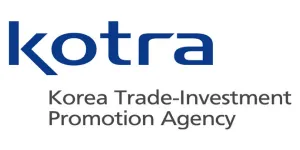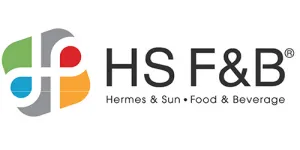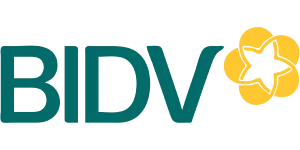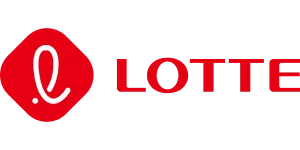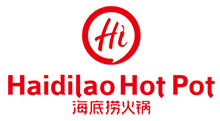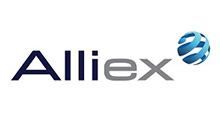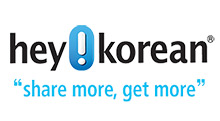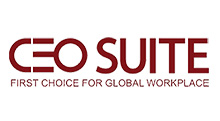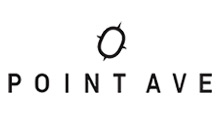Siglaw law firm
Siglaw | Consulting law firm: Investment, M&A, sublicense, tax...
More than anyone, Siglaw understands every niche of the Vietnamese legal system, our goal is to provide flexible and practical legal consulting services to our clients.
FIELD OF ACTIVITY

Siglaw Law Firm provides consulting services on establishing foreign-invested enterprises, changing business registration, adjusting investment certificates, and advising on legal issues arising from FDI enterprises in Vietnam. Male.
- Investment registration certificate
- Establishment of representative offices of foreign companies
- Establishment of foreign company branches in Vietnam
- Establishment of FDI enterprises in industrial parks and export processing zones
- Establish a foreign-invested travel company
- Establishing an advertising company with foreign capital
- Establishment of a foreign-invested Logistics company
- Establishing a real estate company with foreign capital
- Established a construction company with 100% foreign capital
- Establishing a trading company with foreign capital
- Establish a company with Korean capital
- Establish a company with Japanese capital
Energy project investment consulting services

Siglaw Law Firm is a leader in consulting on energy investment projects: wind power, solar power, solar batteries, nuclear power, thermal power...
- Consulting on investment in wind power projects
- Consulting on investment in solar power projects
- Consulting on investment in thermal power projects
- Investment consulting on nuclear power projects
- Gas business investment consulting
- Petroleum business investment consulting
- Consulting on import and export of crude oil
Labor legal consulting services

With 15 years of experience in advising customers on all legal issues related to recruitment and labor, especially work permits and temporary residence cards for foreigners in Vietnam. Contact Siglaw Law Firm to receive the most dedicated support from our highly specialized staff
Legal consulting services on contracts

Siglaw Law has extensive experience in the field of legal consulting on contracts of all kinds such as mergers and acquisitions, capital contributions, transfers, etc. to provide comprehensive solutions for customers.

Siglaw Law Firm owns a team of professional consultants with extensive experience in the field of M&A, mergers and acquisitions of businesses.
Real estate legal consulting services

Real estate business has always been a vibrant activity in Vietnam. Real estate transactions such as buying, selling, transferring, and leasing all bring high profits but also have many potential legal risks. Contact Siglaw law firm immediately for the most detailed support.
Business dispute resolution consulting services
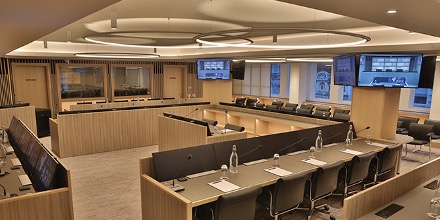
Siglaw Law Firm provides consulting services to resolve business disputes, thereby helping customers eliminate disagreements, conflicts, and conflicts of interest when disputes arise.
Tax accounting services
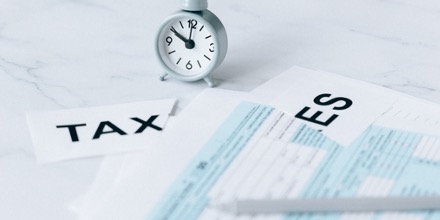
With the tax accounting services Siglaw law firm has been providing to our customers, our experienced tax and accounting experts provide practical advice, focusing on commercial factors. commerce as well as commitment to contribute to society.
RESOURCES
TEAM
A MEMBER OF
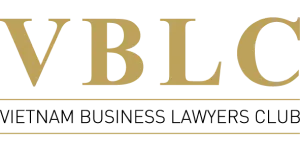



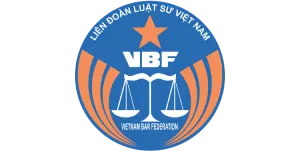
CLIENTS
